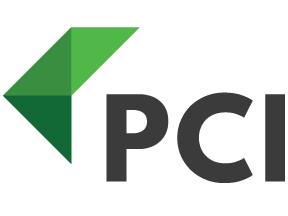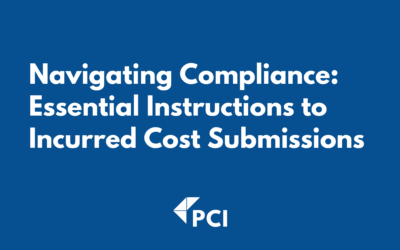If your firm wants to do business or contract with the government, it’s crucial to understand that compliance with the Federal Acquisition Regulation (FAR) and Defense Federal Acquisition Regulation (DFAR) frameworks is a must.
These regulations outline the guidelines and procedures that companies must follow when dealing with the government. As part of this process, firms are required to submit indirect rates as part of their cost accounting system, which can impact how much they can charge the government for their products or services. By carefully understanding and adhering to FAR and DFAR regulations, your firm can ensure smooth and successful business dealings with the government.
There are three types of costs to consider:
- Direct Costs
- FAR 2.101 – Direct costs are costs that can be identified specifically with a particular final cost objective.
- Indirect Costs
- FAR 2.101 – Indirect cost means any cost not directly identified with a single, final cost objective, but identified with two or more final cost objectives or with at least one intermediate cost objective.
- Unallowable Costs
- FAR 2.101 – Unallowable cost means any cost that, under the provisions of any pertinent law, regulation, or contract, cannot be included in prices, cost-reimbursements, or settlements under a government contract to which it is allocable.
Allowable vs. Unallowable
When it comes to government contracts, it’s important to differentiate between what constitutes an allowable cost and what doesn’t. Allowable costs are those that can be charged directly to a government contract or indirectly through assigned indirect rates. It’s critical to know the difference, as unallowable costs could result in significant financial penalties.
Understanding the components of indirect rates, including fringe benefits, overhead, G&A (general and administrative), material handling, and subcontractors, is also crucial to ensure the accuracy of cost allocation. In essence, by properly identifying, tracking, and charging allowable expenses to a government contract, companies can fulfill contractual obligations while minimizing the risk of non-compliance.
Prepare your Firm!
PCI is excited to offer an upcoming webinar series that will take a deep dive into all aspects of indirect cost rates and how your firm can best prepare for them. Throughout the series, we’ll cover topics such as types of indirect costs, calculating and billing indirect rates, and how to stay compliant with government regulations.
Join us for this informative webinar series and enhance your understanding of the often complex and confusing world of indirect cost rates.
- 11/2/23 –Understanding Indirect Rates: Part 1
- 11/28/23 – Understanding Indirect Rates: Part 2




